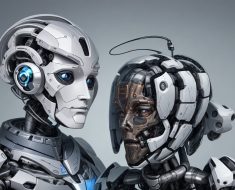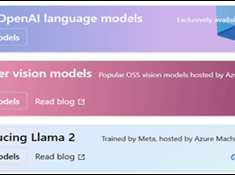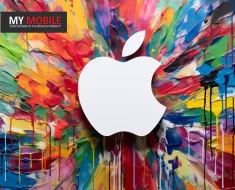We are on the edge of two revolutions which will overwhelm virtually everything currently covered by the media.
Artificial Intelligence (AI) is the development of massive computational capabilities for understanding and managing specific activities. For example, the air traffic control system already relies heavily on AI to match up the four-dimensional process of moving aircraft around the world. An aircraft carrier battle group has extensive AI in its defensive system. The Israeli Iron Dome anti-missile system relies heavily on computational analysis and decision making, in virtual real time, to decide which incoming projectiles and drones are likely to hit populated areas and which can be safely ignored to focus on the gravest threats.
In health care, AI is increasingly capable of evaluating diagnostic information and evaluating Cat scans, MRIs, and other tests. If it had been properly used, AI could have dramatically improved our understanding of and response to COVID-19. Unfortunately, the Public health service in general – and the U.S. Centers for Disease Control and Prevention in particular, are obsolete bureaucratic systems incapable of adapting to modern technology. Americans pay with their lives and their health for the refusal of these bureaucracies to modernize.
These are examples of the ways in which AI is already effecting our lives. It is getting faster, more comprehensive, and more capable of learning from its mistakes and improving through repetitive use.
Artificial General Intelligence (AGI) is a dramatically more powerful theoretical system. Some people argue it may be unattainable. Essentially, AGI would be a system that could constantly learn and evolve without being limited to one particular area or topic. It would be a constantly evolving and self-improving system. At least in theory, it could outthink humans and even compete with them. There is a consensus that AGI is still years away while AI is around us – constantly improving in speed and capability.
As it improves, AI is going to transform our way of doing things on a scale that resembles the combination of electricity, chemistry, and internal combustion engines around 1880.
No one in 1880 could have forecast the scale and breadth of change that was coming –
although a few futurist novelists such as Jules Verne and H.G. Wells wrote fascinating fictional forecasts of the coming scientific and technological revolution.
No one back in 1880 could have foreseen that electric lights would eliminate night. Farmers used to work from light to dark, and then Thomas Edison made dark obsolete.
No one at the peak of Vaudeville could have imagined its replacement by movies, radio, and then television (Steve Allen’s “The Funny Men” is a remarkable outline of that process and its impact on comedians and their work).
My favorite example of the unimaginable scale of change is the 1894 London Times story about the Horse Manure Crisis. London and New York City had so many horses that their daily production of horse manure was threatening to use up all the vacant lots in the two cities.
It did not occur to anyone in 1894 that in a few short years Henry Ford would begin to eliminate horse manure as an urban problem by giving it a new problem in cars, trucks, and buses.
In the early 1950s, there were 58,000 cases of polio annually. In 1953, Dr. Jonas Salk tested a polio vaccine on himself and his family and in 1955 the polio vaccine was tested on 1.6 million children in Canada, Finland, and America. This is inconceivable with today’s U.S. Food and Drug Administration rules which prefer the certainty of disease over risks from cures.
We are at the same moment of dramatic change that Thomas Kuhn described in “The Structure of Scientific Revolutions” and called a paradigm shift.
The challenge will be to understand the potential of AI (putting off applying AGI until it is developed) and then reimagining the way the world works with these powerful new tools.
The key is to leap into the future and have the kind of imagination Verne and Wells showed in imagining the future for their generation.
The first instinct will be to apply AI to marginally improve existing bureaucracies, processes, and activities.
It will take a great leap of imagination to fully explore what AI could achieve if we redesigned our systems and habits around the capabilities it will make available to improve our lives, increase our productivity, and enhance our range of choices.
We are at the edge of an enormous opportunity.
For more commentary from Newt Gingrich, visit Gingrich360.com. Also, subscribe to the Newt’s World podcast.
Get Newt’s Latest Book:






